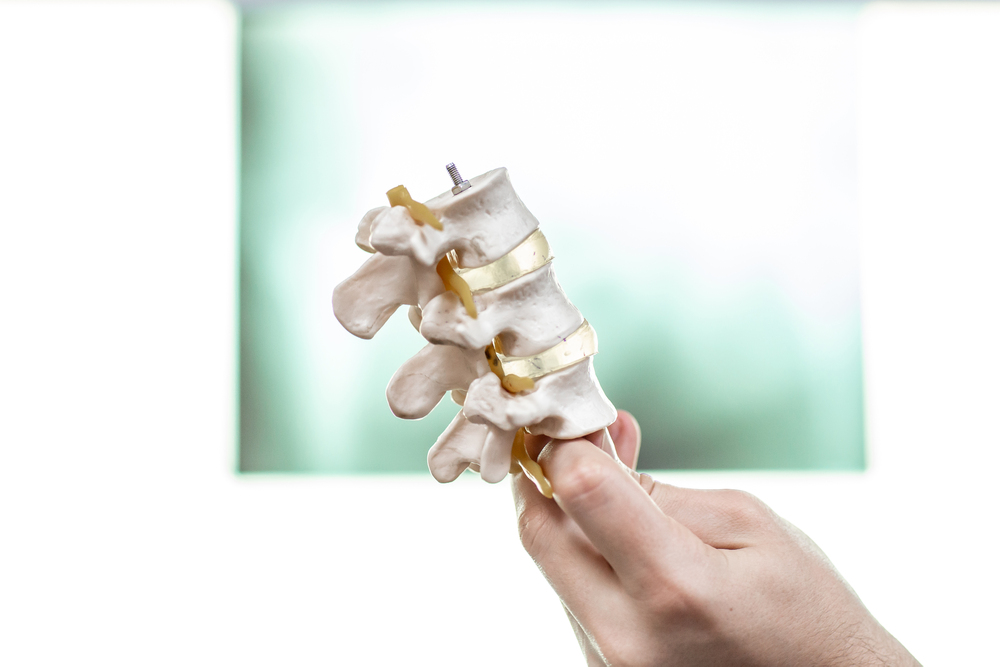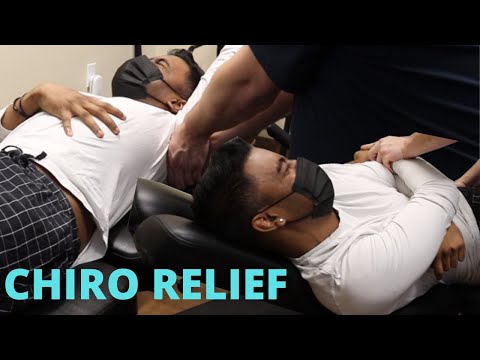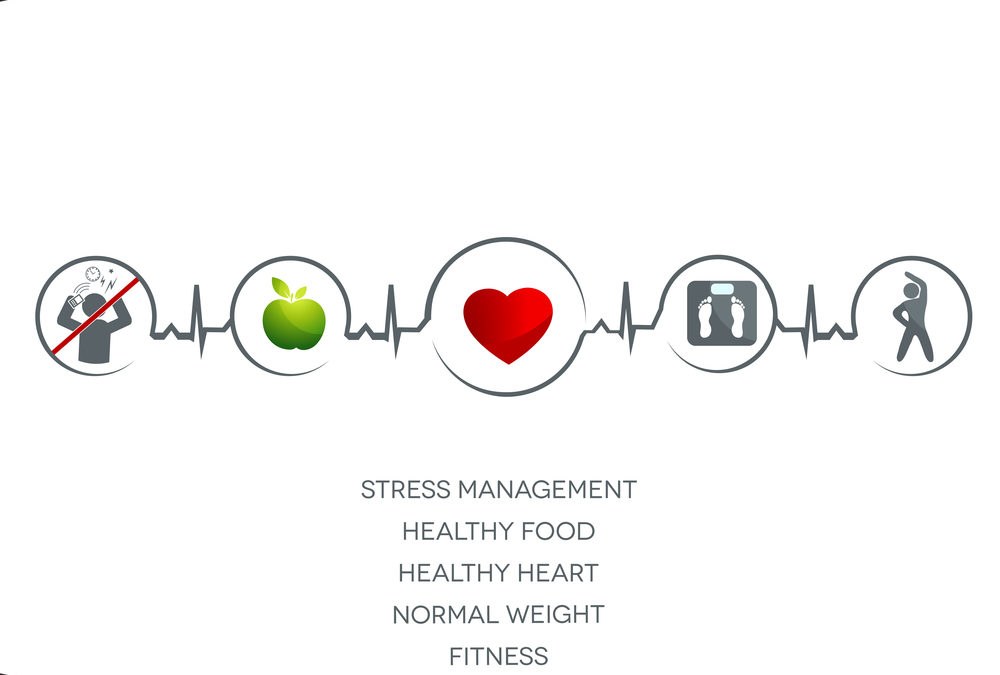
Benefits of Spinal Decompression Belt
The relief method is grounded in the principles of non-surgical spinal decompression therapy. It involves gently stretching the spine, which helps reduce pain. This approach may be especially helpful for individuals with long-term back problems. Spinal Lumbar decompression belts are easy to wear under clothing due to their light and portable design, making them a practical option for daily wear.
Benefits of Using a Lumbar Decompression Belt
Living with back pain can be debilitating. It can limit your mobility, affect your mood, and significantly reduce your quality of life.
Consider the lumbar decompression belt. This device is designed to relieve back pain and offer essential support to your lower back.
But what exactly is a lumbar decompression belt? How does it work? And most importantly, can it really help you manage your back pain?
This article aims to answer these questions. We’ll delve into the science behind decompression therapy, explore the benefits of using a lumbar decompression belt, and provide insights from real users who have experienced relief from their back pain.
Whether you’re considering non-invasive treatment options for back issues, recovering from lumbar surgery, or simply seeking to improve your overall back health, this guide is for you. Let’s explore the benefits of using a lumbar decompression belt.
Understanding Lumbar Decompression Belts
A lumbar decompression belt is a specialized device designed to support the lower back. It provides gentle traction to decompress the spine.
By creating space between vertebrae, it helps to relieve pressure on spinal discs. This can effectively reduce pain associated with conditions like herniated discs and sciatica.
Unlike standard back braces, these belts offer a unique way to manage back pain. They do so without restricting movement significantly. Some belts even feature additional elements like heating or cooling options for extra comfort.
With their lightweight, portable design, lumbar decompression belts can be worn discreetly under clothing. This makes them a convenient choice for everyday use.
How Lumbar Belts Provide Pain Relief
Lumbar decompression belts relieve pain through a simple yet effective process. They apply gentle upward pressure to the lower back. This increases the space between spinal discs, reducing tension.
The relief process is based on decompression therapy principles. , it gently stretches the spine, alleviating pain. This method can be particularly beneficial for people with chronic back issues.
The benefits of using a lumbar decompression belt include:
- Reduction of pressure on spinal discs
- Improved alignment of the spine
- Decreased muscle tension and discomfort

An advantage of these belts is their ability to provide support while allowing mobility. Users can continue their daily activities without feeling restricted. Additionally, regular use can potentially decrease reliance on pain medication. This makes it an attractive option for those seeking a more natural approach to pain management.
The Science Behind Decompression Therapy decompression therapy focuses on creating space between spinal discs. By gently stretching the spine, pressure on nerves and discs is minimized. This approach can promote blood flow, assisting the body’s natural healing process.
Utilizing a lumbar decompression belt at home mirrors professional therapy methods. The belt creates a consistent and controlled decompression. Over time, this can
Scientific studies support the effectiveness of this method. Many report reduced back pain and improved mobility. Lumbar decompression belts offer a convenient way to benefit from these insights.
Conditions That Benefit from Lumbar Decompression Belts
A range of back conditions can improve with lumbar spinal decompression belt use. These belts offer relief by reducing spinal pressure. They are particularly helpful for those with chronic issues.
Here’s a list of conditions that may benefit:
- Herniated discs
- Sciatica
- Degenerative disc disease
- Post-surgery recovery
- Poor posture-related pain
Each condition has its own unique challenges. By providing a targeted decompression, these belts can support healing. They help maintain proper spinal alignment, which in turn minimizes pain. Using a belt can offer individuals a non-invasive option for managing their symptoms efficiently.
Comparing Lumbar Decompression Belts and Traditional Back Braces
Lumbar decompression belts and traditional back braces serve distinct purposes. While both offer support, they differ in function. Decompression belts focus on reducing spinal pressure. They use air pockets or mechanical supports to achieve this goal. This can alleviate tension around the vertebrae, offering targeted relief.
In contrast, traditional back braces provide stabilization. They primarily restrict movement to prevent further injury. Traditional braces are useful for acute injuries or post-surgery restrictions. However, they may not address underlying pressure. Understanding these differences is key. Choosing the right option depends on your specific needs and back condition.
User Reviews: Real-life Success Stories
Real-life experiences with lumbar decompression belts are often inspiring. Many users report significant relief from persistent back pain. Individuals suffering from conditions like sciatica and herniated discs have shared their success stories. They praise the belts for their ability to enhance mobility and daily comfort.
Testimonials highlight the ease of integration into daily routines. Busy professionals and seniors appreciate the belt’s adaptability. For some, the belt has reduced the need for pain medication. Positive reviews underscore the belt’s role in improving quality of life. These personal stories can guide new users. They provide insight into the real-world benefits of using a lumbar decompression belt.
The Non-Invasive Advantage of Decompression Belts
Lumbar Spinal decompression belts offer a non-invasive solution for back pain relief. Unlike surgeries that require recovery time and involve risks, these belts are safe and easy to use. They allow individuals to manage pain without undergoing complex procedures.
Using a lumbar decompression belt promotes healing and comfort. It gently relieves pressure on spinal discs and muscles. Many find this a welcome alternative to medication with potential side effects. For those seeking effective relief without surgery or drugs, decompression belts provide a practical and accessible option. They fit seamlessly into various lifestyles, offering support and flexibility.
Ease of Use and Convenience for Everyday Activities
A lumbar decompression belt is incredibly user-friendly. It requires minimal effort to put on and adjust. This makes it ideal for busy lifestyles or those seeking simple solutions. Users can incorporate it into daily routines without any disruption.
The belt is also portable and lightweight, making it suitable for use at home or work. Many people wear it during various activities, like commuting or exercising. Its design provides comfort and support, all while being discreet under clothing, enhancing its convenience further.
Selecting the Right Belt for You
Choosing the ideal lumbar spinal decompression belt is essential for optimal results and comfort. It’s crucial to consider factors such as size, material, and additional features. A well-fitted belt ensures maximum support and reduces the risk of further injury.
Evaluate whether you need extras like heating or cooling elements for added relief. Always check lumbar decompression belt reviews to learn from other users’ experiences. Consulting with a healthcare professional can help tailor your choice to your specific needs. With the right belt, you can enhance your journey to improved back health and mobility.
Conclusion: Integrating a Lumbar Decompression Belt into Your Life
Incorporating a lumbar decompression belt into your daily routine offers a blend of relief and prevention. This tool is easy to use and non-invasive, making it a practical choice for many. By choosing the right belt, you can manage back pain effectively and support spinal health.
However, it’s important to complement belt use with other healthy habits. Engage in regular physical activity and maintain ergonomic postures at work or home. Consider the decompression belt as one part of a holistic approach to back care. With consistency and the right choices, you can enhance your quality of life significantly.





 by Brooke Cagle (https://unsplash.com/@brookecagle)”
by Brooke Cagle (https://unsplash.com/@brookecagle)” by Luis Melendez (https://unsplash.com/@lcma1028)”
by Luis Melendez (https://unsplash.com/@lcma1028)” by Andrew Neel (https://unsplash.com/@andrewtneel)”
by Andrew Neel (https://unsplash.com/@andrewtneel)” by Senjuti Kundu (https://unsplash.com/@senjuti)”
by Senjuti Kundu (https://unsplash.com/@senjuti)”

